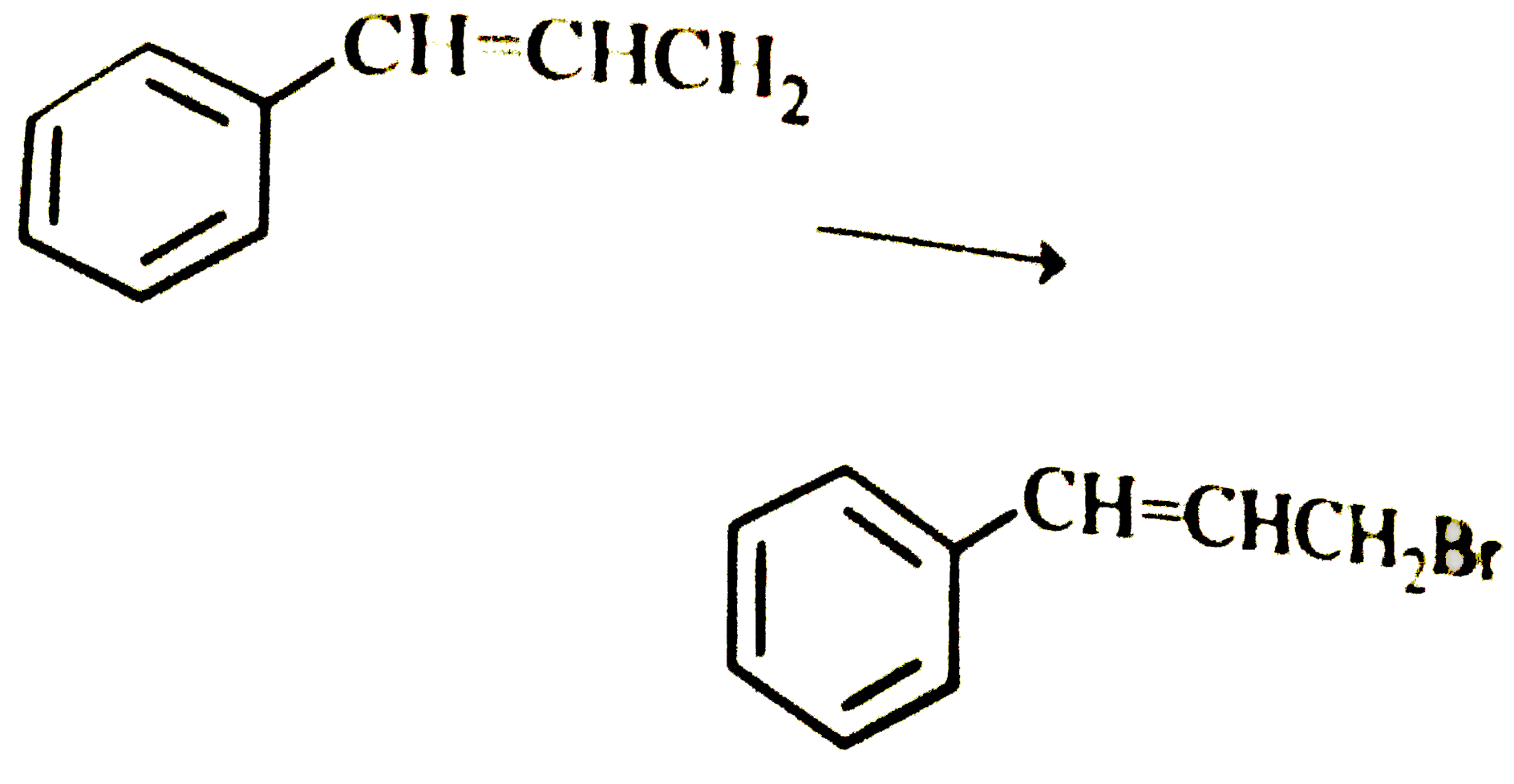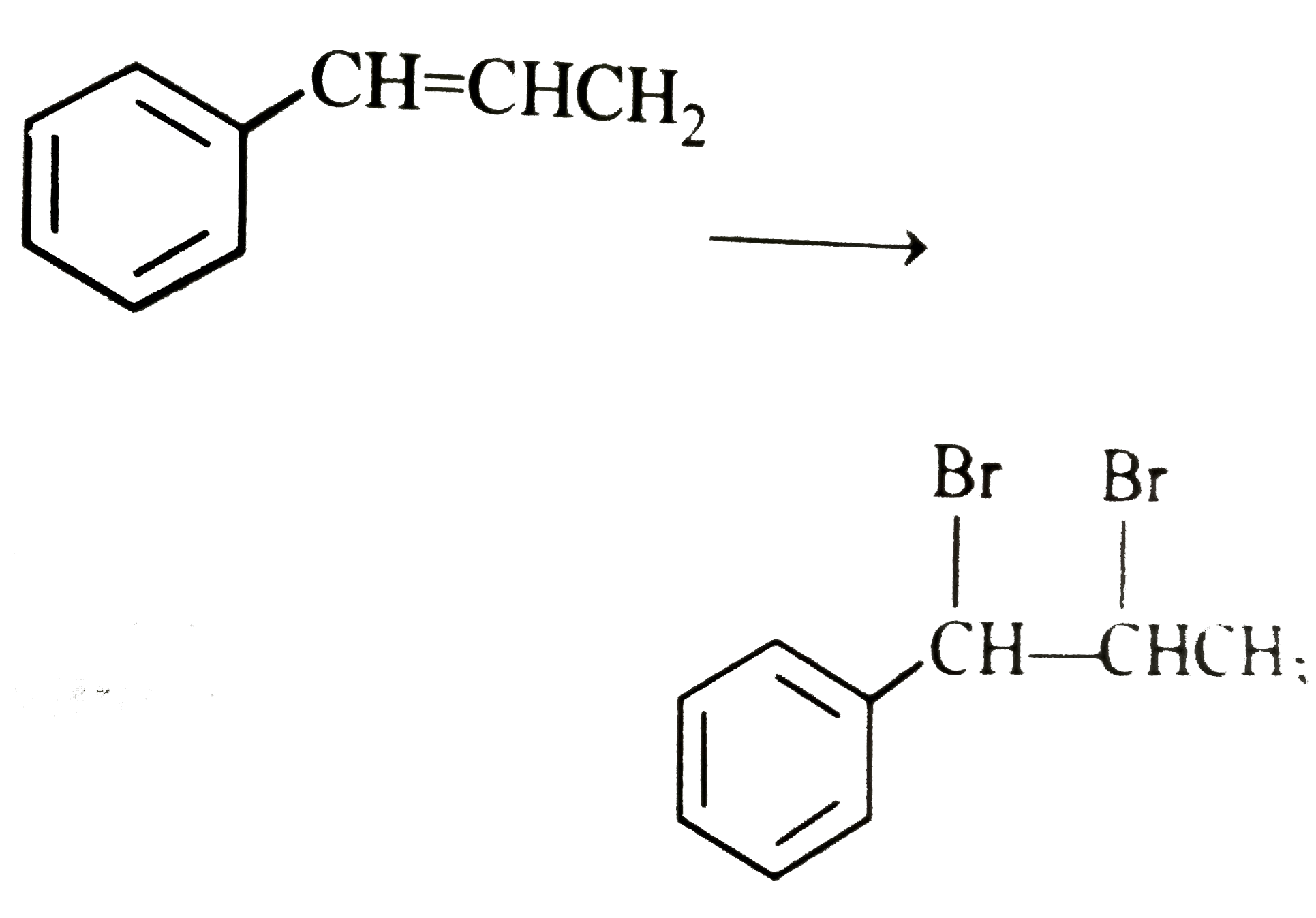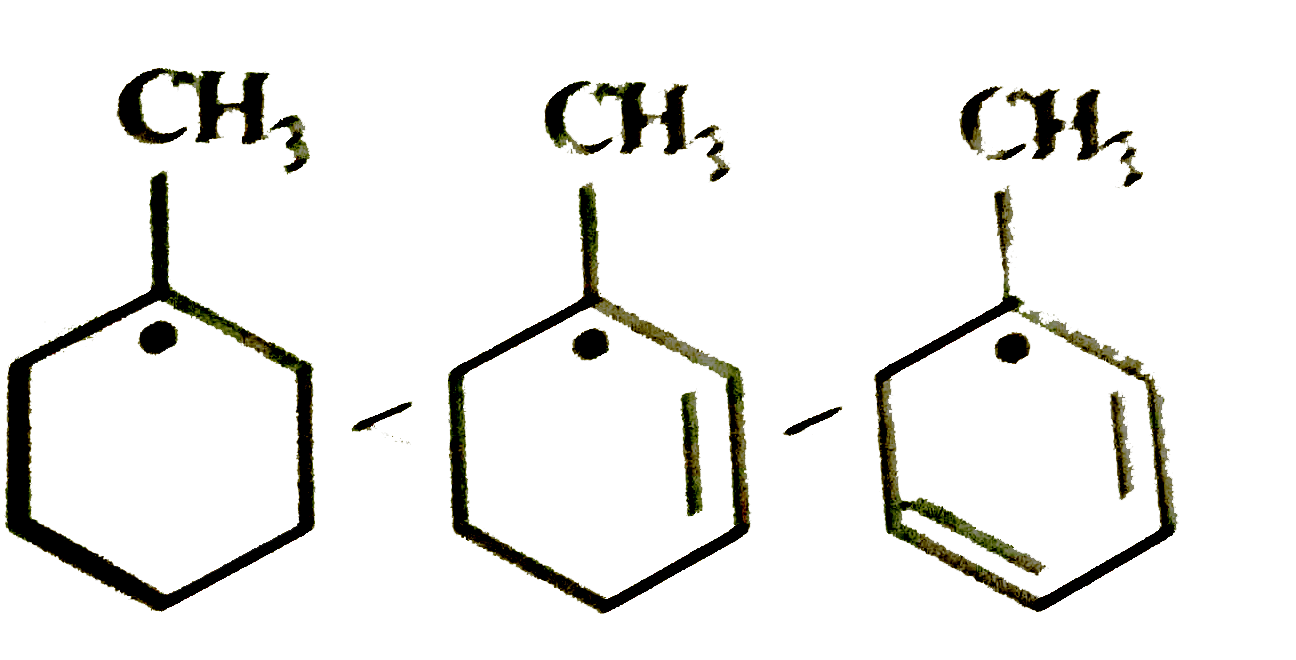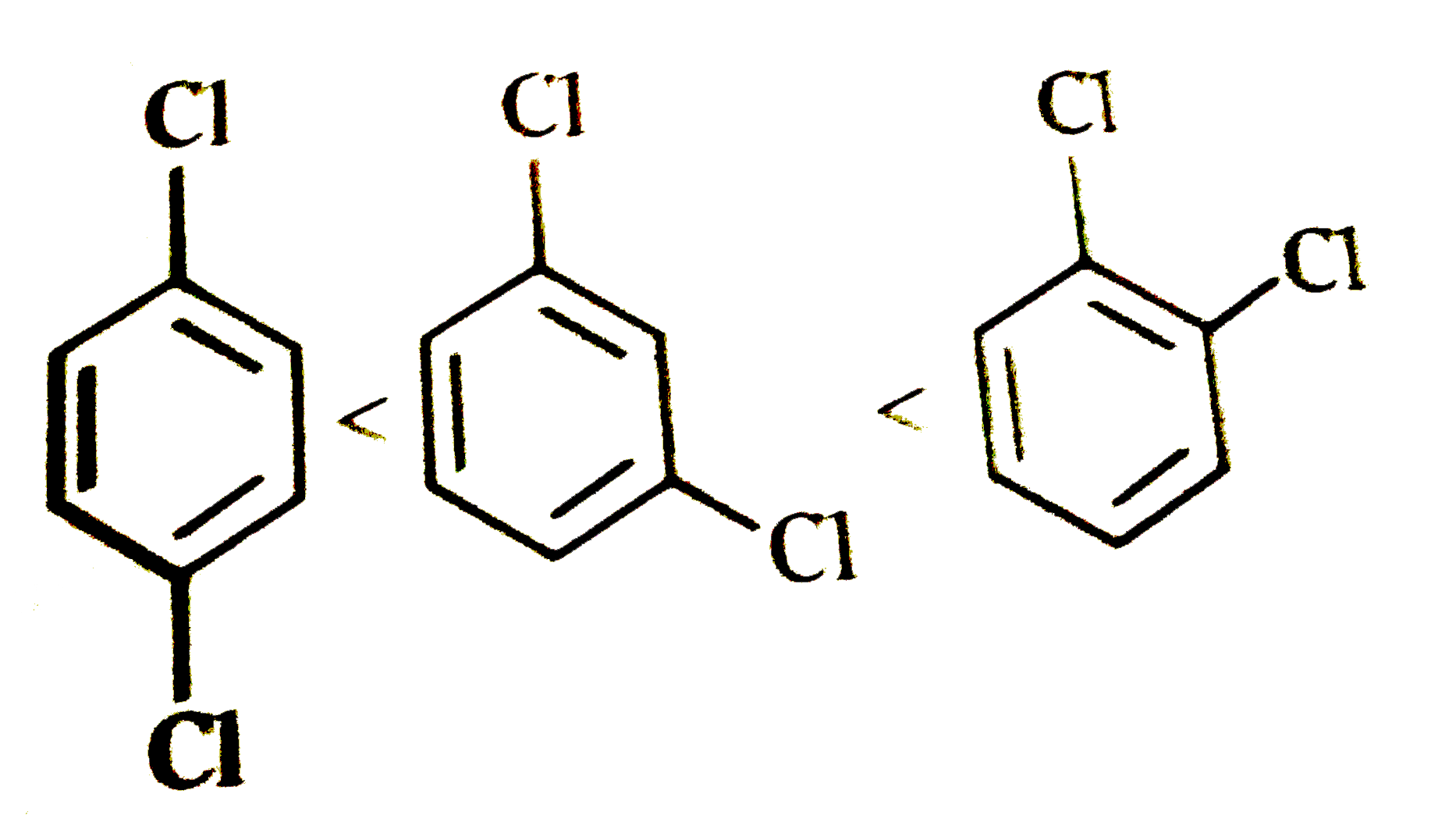The reaction of an electrophile with a nucleophile is the same as the reaction of a Lewis acid with a Lewis base and is termed as Lewis acid-base combination reaction. Each atom in the product completes its octet ( except hydrogen which attains complete duplet) as a consequence of this combination.
In which case additional reagent is needed to generate an electrophile ?
A

B

C

D
In all cases.
Text Solution
The correct Answer is:C
|
Topper's Solved these Questions
- BASIC PRINCIPLES OF ORGANIC CHEMISTRYBOOK - DINESH PUBLICATIONCHAPTER - BASIC PRINCIPLES OF ORGANIC CHEMISTRYEXERCISE - REASON ASSERTION TYPE MCQS
12 Videos
- BASIC PRINCIPLES OF ORGANIC CHEMISTRYBOOK - DINESH PUBLICATIONCHAPTER - BASIC PRINCIPLES OF ORGANIC CHEMISTRYEXERCISE - ULTIMATE PREPARATORY PACKAGE
51 Videos
- BASIC PRINCIPLES OF ORGANIC CHEMISTRYBOOK - DINESH PUBLICATIONCHAPTER - BASIC PRINCIPLES OF ORGANIC CHEMISTRYEXERCISE - SELECTED STRAIGHT OBJECTIVE TYPE MCQS
64 Videos
- ALKALI EARTH METALSBOOK - DINESH PUBLICATIONCHAPTER - ALKALI EARTH METALSEXERCISE - Unit test-12
5 Videos
- BIOMOLECULESBOOK - DINESH PUBLICATIONCHAPTER - BIOMOLECULESEXERCISE - MATRIX - MATCH TYPE
8 Videos
Similar Questions
Knowledge Check
The reaction of an electrophile with a nucleophile is the same as the reaction of a Lewis acid with a Lewis base and is termed as Lewis acid-base combination reaction. Each atom in the product completes its octet ( except hydrogen which attains complete duplet) as a consequence of this combination.
Which is not correct increasing order of the property indicated ?ACH3OH<CH3CO−2<CH3Θ (base strength and nucleophilic strength)BFΘ<ClΘ<BrΘ<IΘ (base strength and nucelophilic strength)C D
D
(dipole moment)The reaction of an electrophile with a nucleophile is the same as the reaction of a Lewis acid with a Lewis base and is termed as Lewis acid-base combination reaction. Each atom in the product completes its octet ( except hydrogen which attains complete duplet) as a consequence of this combination.
Consider following reaction between an electrophile and a nucleophile
Incorrect statement (s) is/are
H3C−CH3∣C⊕∣CH3+H2⋅⋅O:→H3C−CH3∣C∣CH3−OH+H⊕AIt is a Lewis acid base combination reactionBIt is a Lowry-Bronsted acid base reactionCDriving force that makes ΔG negative is the completion of the octet of C and O atoms in the product.DIt is an clectrophile and B is a nucleophile.Which of the following cannot undergo Lewis acid-base reaction with BF3?
AF−BNH3CAlCl3D(C2H5)2O
Write an equation that shows the Lewis acid and Lewis base in the reaction of bromine (Br2) with ferric bromide = (FeBr3)
View SolutionWrite an equation that shows the Lewis acid and Lewis base in the reaction of bromine (Br2) with ferric bromide = (FeBr3)
View SolutionWhich of the following does not under Lewis acid-basic reaction?
View SolutionWhich equilibrium can be described as an acid base reaction using the Lewis acid-base definition but not using the Bronsted-Lowery definition?
View SolutionWhich equilibrium can be described as an acid- base reaction using the Lewis acid-base definition but not using the Bronsted-Lowry definition
View Solution
